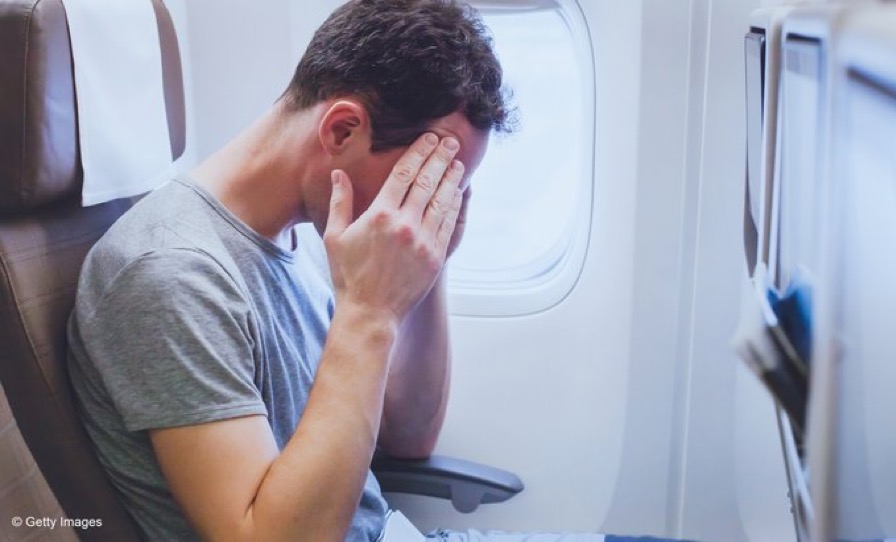Researchers remedy motion sickness with electrical stimulation

Dr Palaniappan Ramaswamy and Emmanuel Molefi from the University of Kent’s School of Computing and Professor Ian McLoughlin from Singapore Institute of Technology, have found that motion sickness can be reduced using transauricular electrical stimulation.
It is estimated that 1 in 3 people will suffer with motion sickness at some point in their lives. It is a common physiological phenomenon that continues to be persistent problem for both passengers and drivers alike, affecting roughly 7.3 million motorists.
The problem arises when the vestibular and visual systems conflict with one another, in what is classically known as sensory conflict or neural mismatch theory. This sort of conflict can occur when a passenger reads a book, conveying non-motion information to the visual system, while the vestibular system detects movement from the mode of transport the passenger is using, resulting in motion sickness.
Symptoms of motion sickness include nausea, dizziness, headaches and vomiting. Traditional treatment includes over-the-counter antihistamines and behavioural remedies – such as deep breathing and applied pressure to wrists with bands. Over-the-counter treatment drugs, which work by suppressing normal vestibular sensations, can cause drowsiness, while behavioural techniques are often found to be ineffective for all suffers, or only helpful in certain situations.
The non-invasive treatment, vagus nerve stimulation, which is often used in treating epilepsy, delivers small, safe doses of electrodes to the tragus site of the ear. Participants who received the treatment showed significant improvements and reduced motion-sickness.
The research signifies a positive direction in treating motion sickness with non-pharmacologic treatments, with the potential for the non-invasive remedy to be developed into a portable device, such as a pocket battery powered device and an ear-clip.
The idea to use current stimulation was borne from the team’s previous success in using such technology for managing stress. Dr Ramaswamy said: ‘Using such a technology is not only useful for travel related motion sickness, but also useful in managing nausea caused by cybersickness, given the current addiction to digital devices and augmented/virtual reality. So there is much potential in the work.’
The article ‘On the potential of transauricular electrical stimulation to reduce visually induced motion sickness’ is published in Scientific Reports.





